AUTHOR
Sierra Vorsheim
HEADER IMAGE
Espaanglisch
DATE
May 5, 2021
It’s interesting what you remember about a trip years after the fact. There are, of course, the main attractions you went to visit, where you stayed, how you got there… and then, there are the miscellaneous details. Those random moments that forever stick in your memory for reasons known or unknown. Perhaps the smile of a random stranger who you passed on the street, that stranger’s face forever ingrained in your memories. So, when you remember that trip you remember the attractions, the hotel, etc. etc… and you remember that stranger’s smile.
Sometimes, you remember the smile in even more vivid detail than the things you traveled there to see in the first place. Other times, the smile blurs with time but lives on in your subconscious somewhere, popping up in a dream or at random. Or maybe you see a similar face or a similar smile and it all comes back in a rush.
What does this have to do with an article about road tripping along Peru’s northern coastline, you ask? Good question. In trying to write this article, I wrote an original draft in which I broke down the trip location by location, day by day. Day one, we drove from Trujillo to Pimentel. Day two, on to Mancora! Then to Parque Nacional Cerros de Amotape then to Los Organos and then on to Bayóvar…
Upon reading the draft, I found myself wanting something more than just an itinerary. A piece that wasn’t simply a day-by-day overview of where we went but something that would more closely mimic my memories — which were disorganized to say the least, especially as this trip took place two years ago.
I sat down and asked myself — what’s the first thing I think of when I think of this trip? I thought about it a long time, because there were a lot of memories there, a lot of small and large moments. Yet, for some odd reason, if I took a step back from it all and forced myself to name the first thing I thought of when I thought of this trip, it was a coconut.
A coconut. Honestly. What was I to do with a coconut?
Well… here goes.
On the second day of our trip, we were driving to Mancora and, along the way, my partner, David, saw some vendors selling coconuts along the side of the road and insisted that we stop to get a couple.
So we did just that. We stopped and we got ourselves a couple of coconuts for the road. It’s pretty fun to watch the way in which they lop the top of a coconut off with a machete, not at all something you come across frequently/at all in New York state.
After they chopped the top off, they stuck a straw in and we were ready to go. It doesn’t get much more natural than that (save for the straw) — and this was for the reasonable price of however few soles. I can’t remember what it cost now, but I can say with absolute certainty that it cost a lot less than what it costs to buy some organic coconut milk at the grocery store. There were no lack of coconuts where we were driving.
In fact, along the way to Bayóvar, the coconuts were so plentiful that. at one point, we were driving by tons and tons of coconut palms. They were so tall and spindly, stretching toward the sky. It’s quite a marvel of nature, the flexibility of a tall, spindly coconut palm.
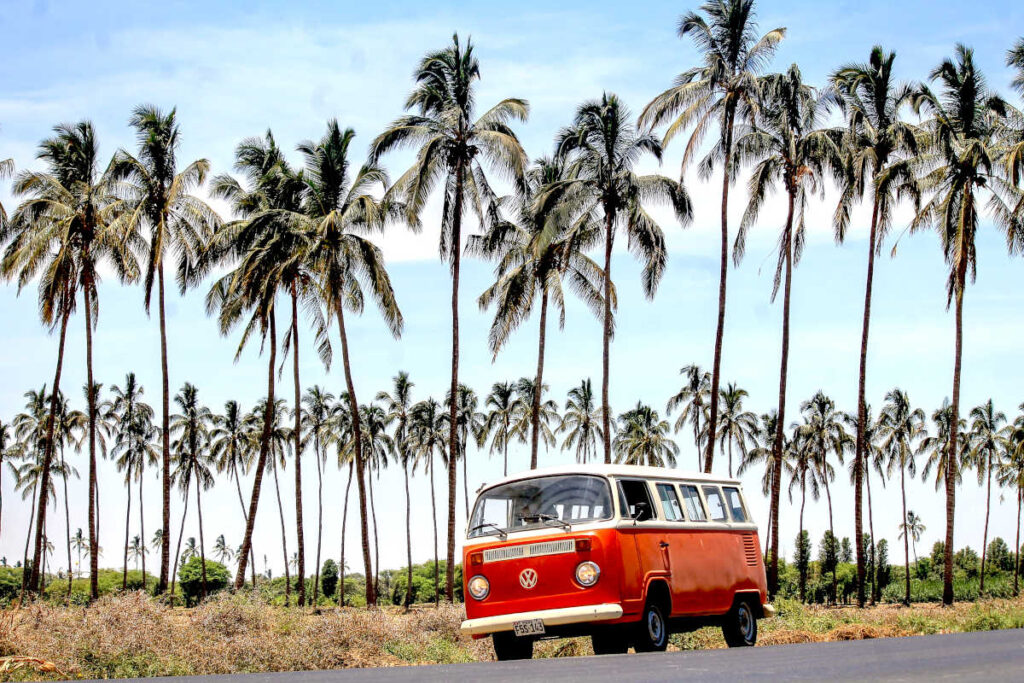
So, we drove on, sipping out of our freshly chopped coconuts. They were delicious. When we finished drinking all of the milk, we left them at some miscellaneous point along the side of the road.
So there were the coconuts.
You know, the outside of a coconut is hard. It’s not easy to get to that milky coconut center, I’m assuming, if you don’t have a machete or some related tool conveniently at the ready. I have to assume because I, myself, have never attempted to break into one.
The hardness of the outside of the coconut reminds me of travel in Peru because I’ve found that some of the most rewarding and enjoyable trips I’ve been on in Peru have, more often than not, not been the simplest. Not simple due, one, to the way in which we wanted to travel, avoiding booking tours and trying to get there on our own, and, two, due to perspective, comparing travel in Peru to travel in the United States where, in the case of the latter, the roads are, more often than not, smooth, and your destinations are often clearly marked with plenty of parking.
Take our journey to Parque Nacional Cerros de Amotape, for example. I insisted that we try to check out a few national parks on the trip and, to this end, I did some research while we were planning that consisted of searching for green splotches on Google Maps that indicated national parks/reserves that were kind of on our way. Parque Nacional Cerros de Amotape was one of these and we decided to include it in our itinerary. An alternate option was the mangrove sanctuary up in Tumbes but we weren’t able to travel that far north.
We followed the green splotch on Google Maps and asked for some directions to confirm and guide us on our way there in Mancora. The green splotch on the map, believe it or not, conveyed little as to what it took to get there.
Getting to Parque Nacional Cerros de Amotape required some creative driving at points. The large majority of the road we took was along, what appeared to be, a rocky, dried up riverbed. Well, dried up for the most part. Along this route, we regularly ran into streams crossing the road, some clearly shallow others of whose depth was unclear resulting in the need to leap out of the Volkswagen to take a closer look and to direct David along the shallowest route. It wasn’t as if the water was ever all that deep, however, we did our best to stick to the shallows in fear of having the VW break down along this sparsely populated route.
When we finally reached our destination, we discovered it to be a tiny village right on the outskirts of the park. Tiny village meaning there were, perhaps, forty buildings in total, with just a couple of streets. We parked the car and wandered around until we found someone who told us who we could get in touch with to guide us into the park. We followed their directions and arranged to travel via donkey and mule the following day.
Our time in this tiny village and checking out the park resulted in numerous miscellaneous moments. Some of these included cycling out of the village to explore and enjoy the sunset, only to realize we were then left to navigate back in the dark.
The following day, there was the moment David, somehow, when climbing up onto the donkey he was riding managed to leap straight over it, falling onto the ground. All I heard was a thump.
There was also that moment when our guide brought us to a small pond with a waterfall. I’ll never forget watching him gracefully leap across the rocks, finally coming to land in the pond. It was clear from his movement that he had been there countless times before.
There are even times when the travel is so difficult, you don’t even make it to your final destination. That’s what happened to us as we were trying to make our way to Zona Reservada Illescas.
Zone Reservada Illescas was another one of those green splotches I had happened upon as I was perusing Google Maps. It’s located close to the beach paradise that is Bayóvar… at least that’s what we were anticipating when we ran into one of David’s friends in Huanchaco prior to our trip. The second he heard we were going to be near Bayóvar he insisted we had to make a visit to the town, gushing about how awesome of a place it was.
In retrospect, perhaps David’s friend had talked Bayóvar up so much that, when we got there, we were even more shocked by what we found than had we known nothing at all. Bayóvar, rather than being a beach haven as we expected, with great surfing and what-not, was more of a low-key shipping port. On top of that, anyone who we asked for directions to make it over to Zona Reservada Illesacas had little to no clue as to what we were talking about — a solid start to that particular day’s adventures.
Well, our day hadn’t started there. Prior to this, we had been driving through the Sechura Desert in temperatures that were so blisteringly hot that, upon sticking your hand out the window, you were buffeted with hot air and, looking out the window, you found yourself gazing upon dry, cracked earth and the occasional shimmering water mirage. As we drew closer to Bayóvar, we witnessed evidence of the destruction that the huaycos of 2017 had wreaked upon the area — in some parts, massive chunks of the highway were still missing.
We found one person who seemed to have at least a vague idea of where Zona Reservada Illescas was, at last, and drove out of town in search of the reserve. The directions had not been the most specific and, after some trial and error, which included accidentally driving along what seemed to be a service highway that ran parallel to the public highway and ending up at a security checkpoint at which we were advised to get out of there, we at last found the entrance to the reserve.
We excitedly set off along the sand road that led deeper into the reserve with the ever slightest hesitation — was the road too sandy for the Volkswagen? Noooo, we decided. It would be fine.
Did not take long to discover that we were wrong. Shortly after voicing our concerns we found ourselves stuck in the sand. Whoops.
Luckily, we were able to push the van out on our own and went back from whence we came. Along the way back to the highway, we stopped to ask one of the locals living along the road to the reserve what the deal was with the sand road. Without hesitation they responded — you need four-wheel drive.
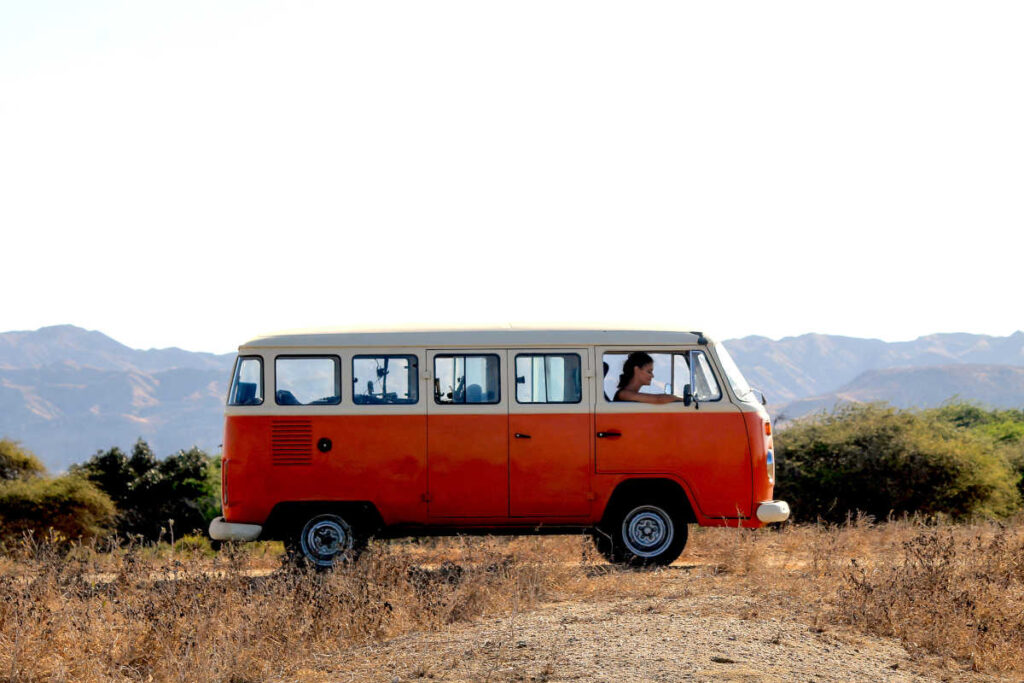
Another thing about coconuts is that, despite being tough to crack open sans machete, once you do manage to complete the difficult task of breaking inside, you’re rewarded with something delicious and refreshing.
While travel around Peru can be, at times, cumbersome, taking the time to make some of these most difficult journeys is, more often than not, well worth it. I guess some of the most rewarding moments in life require difficulty and perseverance to begin with before reaching that sweet spot, even if that sweet spot isn’t necessarily what you had been expecting.
In the case of Zona Reservada Illescas, while we never actually made it to the reserve, in trying to learn more about the area we did come to discover Bayóvar’s Playa Blanca a short way down the highway from Bayóvar proper. Here, in case you were wondering, we found there was the option to take a boat out to the reserve.
We didn’t take it.
Instead, we enjoyed the hazy afternoon and gradually setting sun from this beach haven we had found by accident, watching as some locals tended to their vibrantly colored boats ashore. It’s in moments like these that I often find myself most at peace.
These moments were in abundance around Los Organos, north of Bayóvar. Los Organos itself has a great beach, where we camped out for a night, and there are also a number of nearby beaches that are just as nice. As we explored the area, we were able to find a road that followed along a cliff edge where we parked and enjoyed a fantastic sunset plus a bit of Pisco mixed with some jugo and yerba buena.
In Los Organos, we stopped by the local market where David was thrilled to discover they had some Sierra fish on sale. I knew I shared my name with the highlands of Peru but with a fish… that was new to me. In his excitement, David proceeded to buy two kilos of the fish plus shrimp which turned into a ceviche feast on the beach.
One final thing that coconuts remind me of is travel in general and, along with it, privilege.
Coconuts and palm trees, for me, had always been synonymous with vacations and travel, whether it was a trip to Cancun for a President’s Week getaway or a trip down to Orlando for a long weekend at Disney World and Epcot.
After spending lots of time in Trujillo, I’m much more used to the sight of palm trees, but the following remains true: travel is a privilege, whether you’re on a luxury vacation or backpacking your way across South America. I’ve been aware of my privilege for quite some time now but, whether you’re aware of it or not, there are always going to be those moments on the road where you’re humbled and come to recognize just how truly lucky you are.
Today, this has been even more apparent in the time of COVID-19 as here, in Peru, extensive time in quarantine is impossible for many who struggle to get by making a living day by day. I hope to explore this more in the near future reflecting on just what it’s been like living in Peru in the time of a pandemic.
To return to the subject of this article, however, I had one of those humbling moments as we were driving north along the Panamericana only to get stuck in some pretty intense traffic passing through a tiny town which I can’t now recall the name of.
Here, the people were protesting by holding up the highway traffic. In the prior week or so, a resident had been hit and killed by a passing car, and it didn’t seem that this had been the only incident of the kind. There were no traffic lights or speed bumps to break the flow of traffic and, often, cars and trucks would come zipping through the town with not so much as a thought of slowing down.
They were protesting here just to get a couple of speed bumps put in that would force the traffic to slow down as they passed through and, hopefully, abate the possibility of yet another tragedy. The protest seemed to be a last resort — the desire for a speed bump wasn’t new and the people in the town were fed up, perhaps after much time spent asking and being ignored.
Of course, we gleaned this information from asking around and, regardless of whether this is the whole story or just a part, to me it mirrors an exhaustion that I see present even today in Peru during not only a year that has brought forth a devastatingly deadly pandemic, but also over the past several months during which there has been a particularly contentious presidential election, the results of which will be determined in June.
While I couldn’t foresee the future then, I also couldn’t help but feel an especially intense awareness of my privilege in that moment. Travel can be both a thing of beauty and a thing of sorrow. All of the moments that we encounter in our experiences as we travel are shaped by what we know yet, also, shape us and are carried forward into the future.
So, from this trip, I’ll remember those spectacular sunsets over the Pacific and leaping into streams to judge their depth and that moment when we got stuck in the sand. And I’ll also remember that traffic along the highway and destruction from years past that has still yet to be mended.
I’ll remember the peace and the sorrow and the thankfulness for what I have and I’ll continue to carry this forward into adventures that come. And I know that when one moment mirrors another, or one emotion mirrors another, these memories will come flooding back. Some sweet, some refreshing, and some hard to crack — just like a coconut.


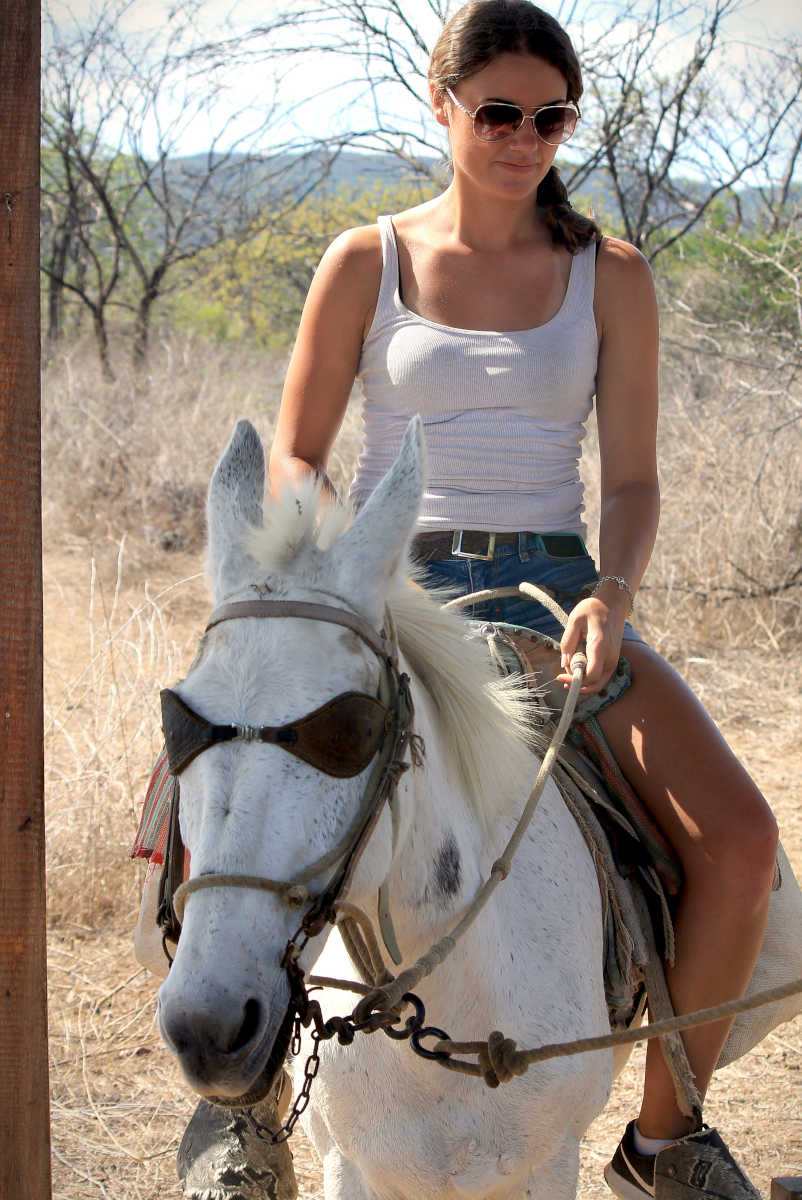
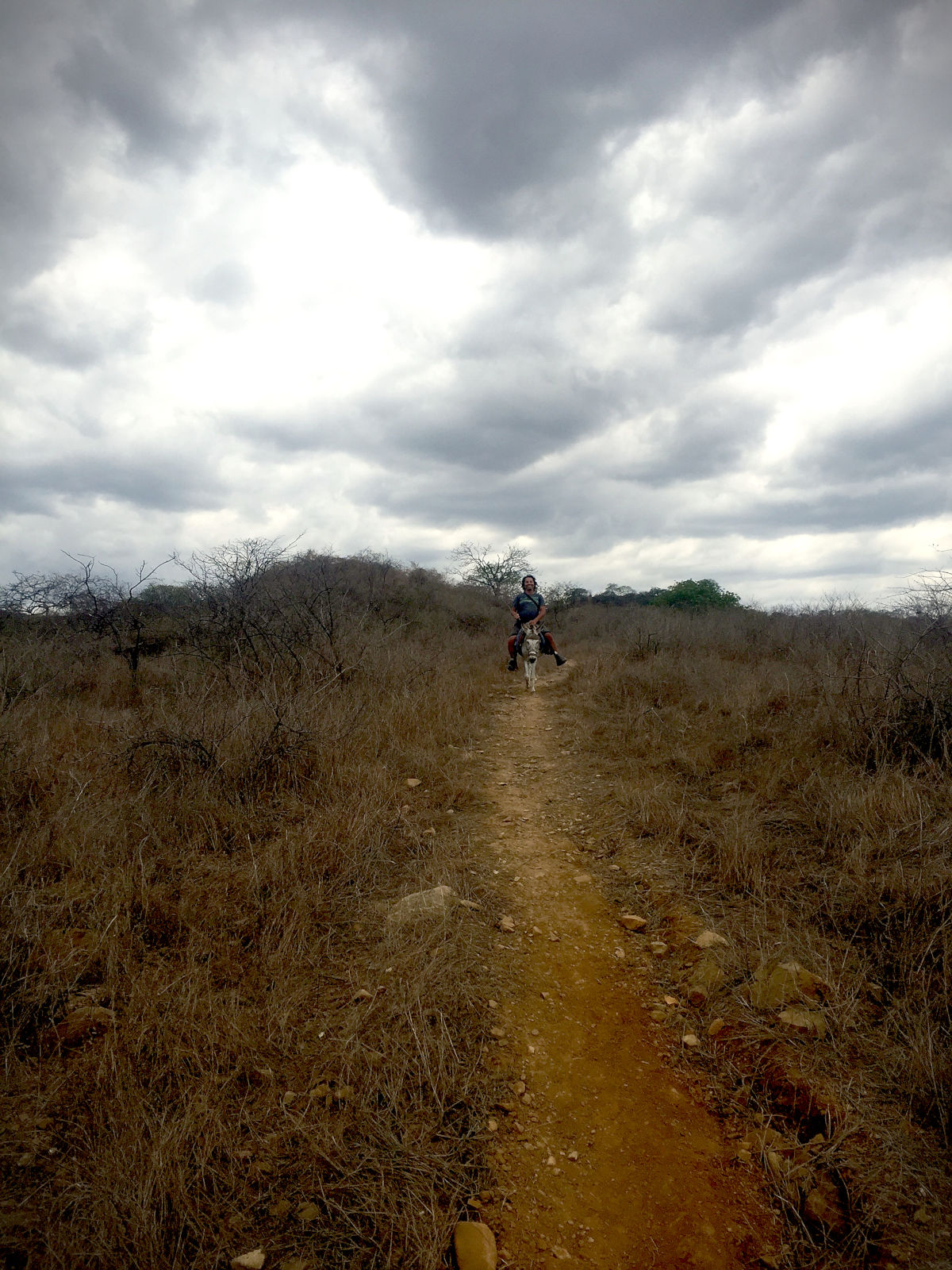
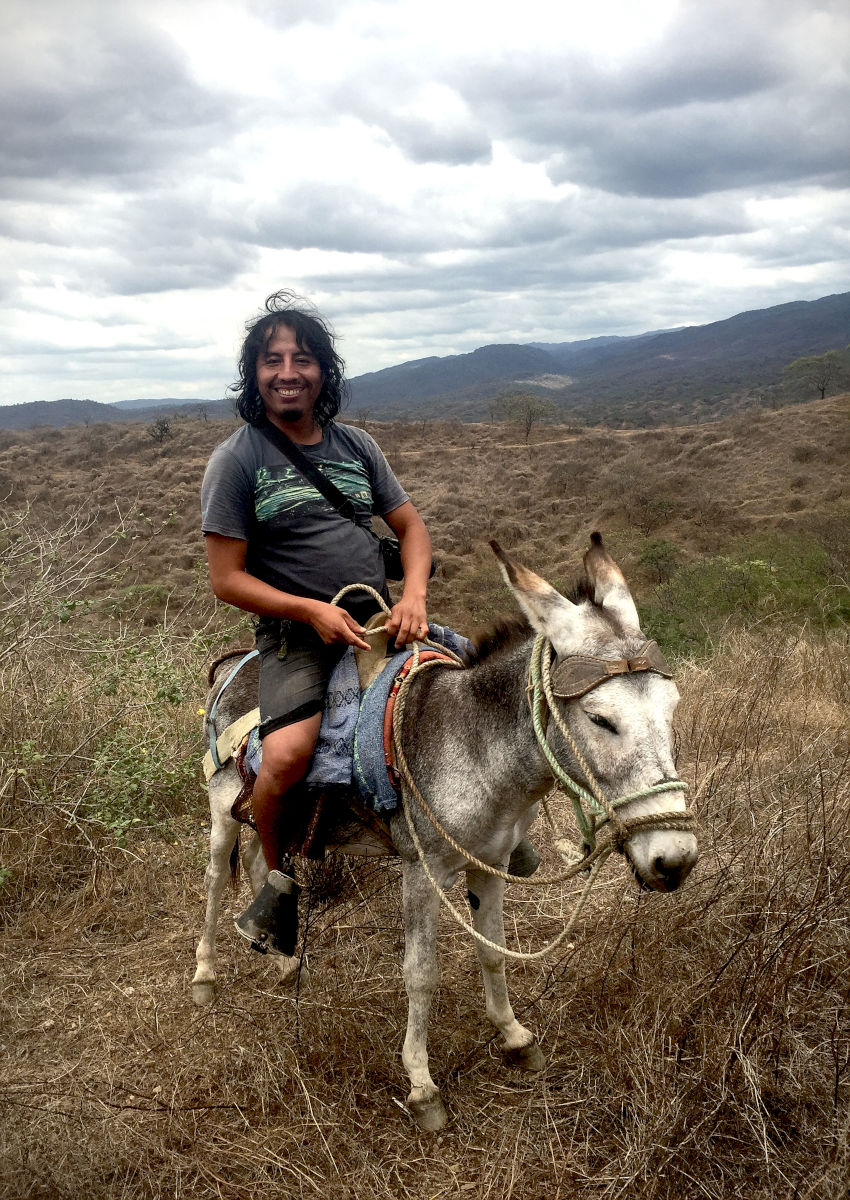
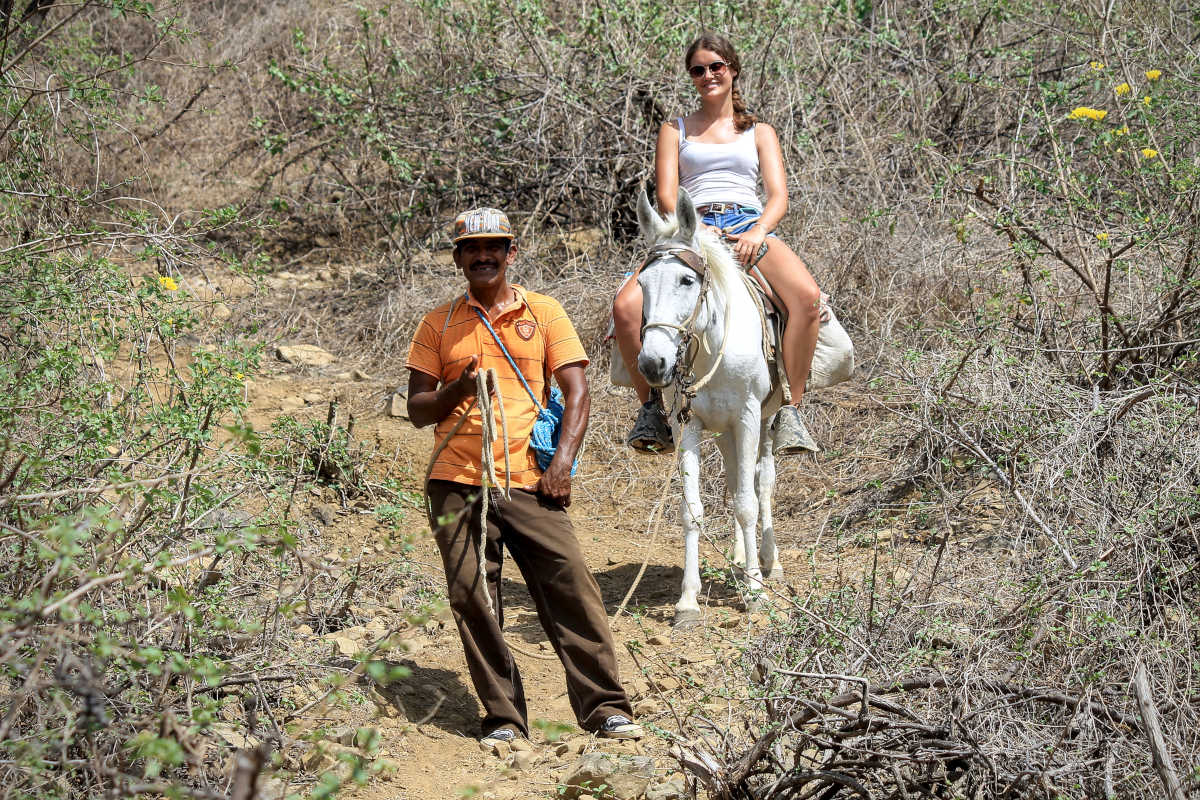
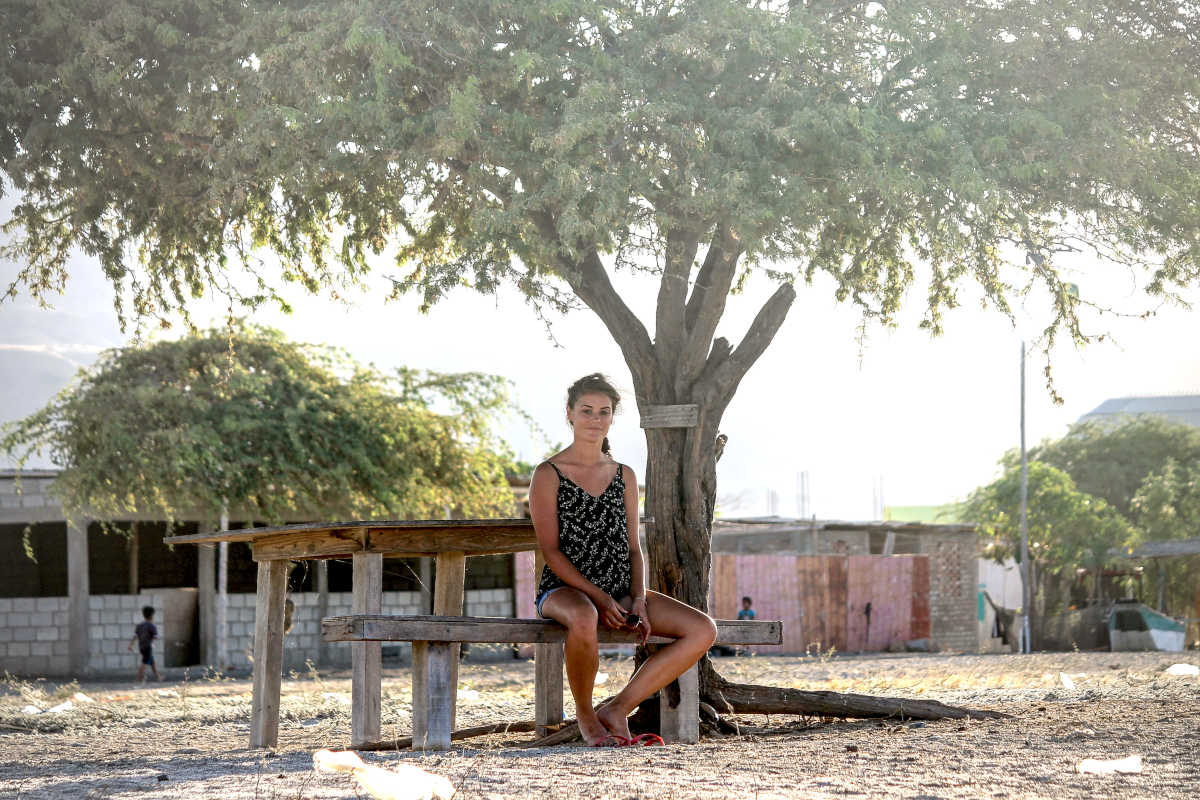

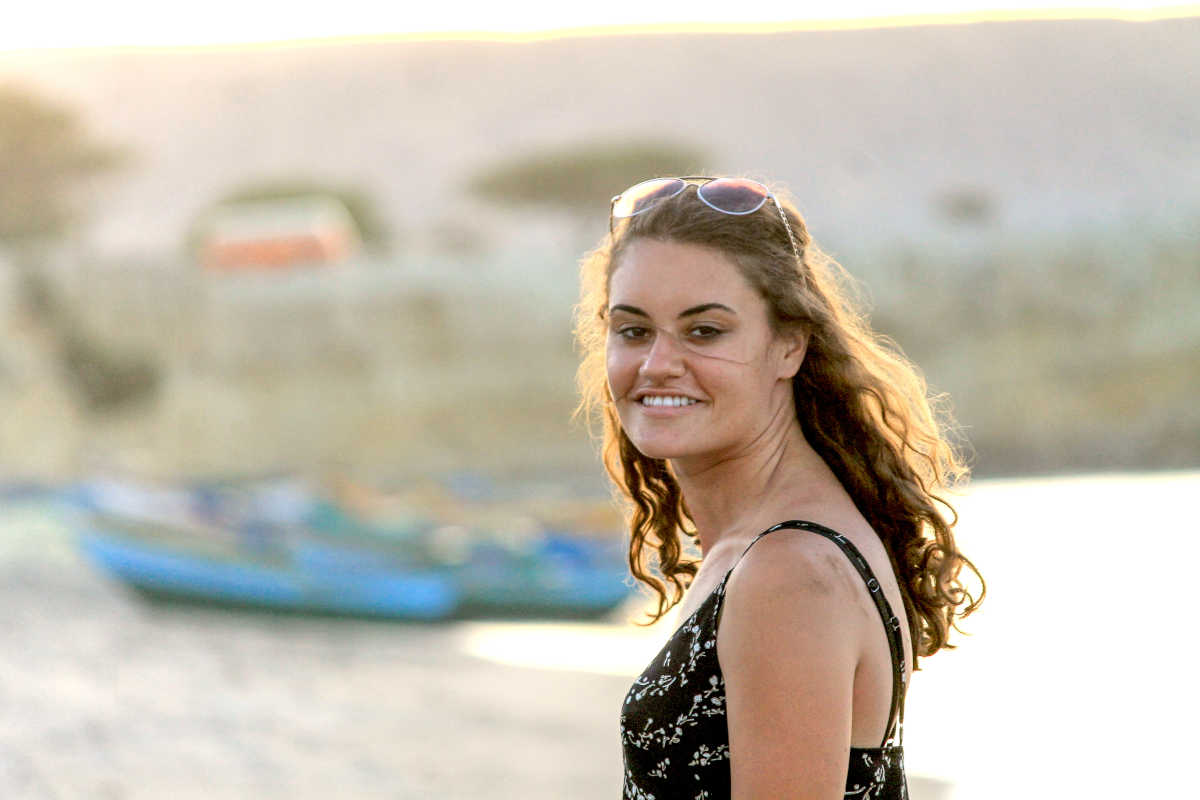

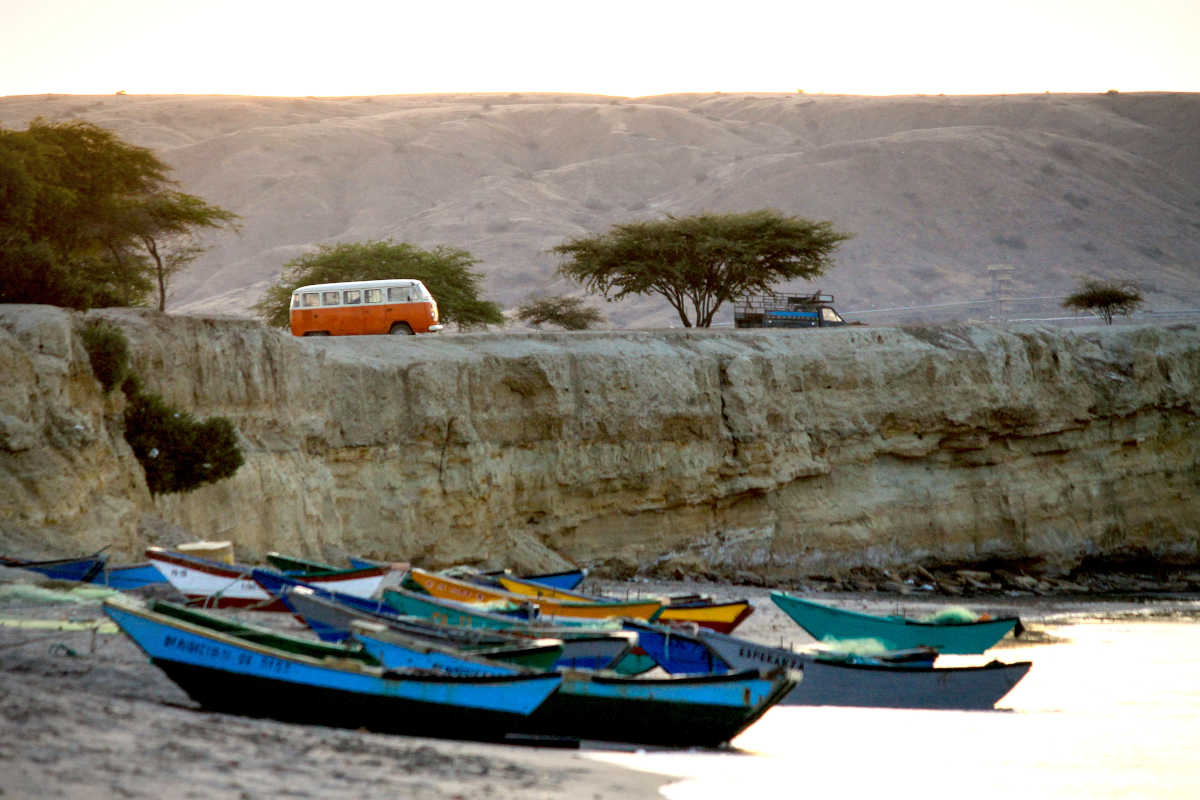
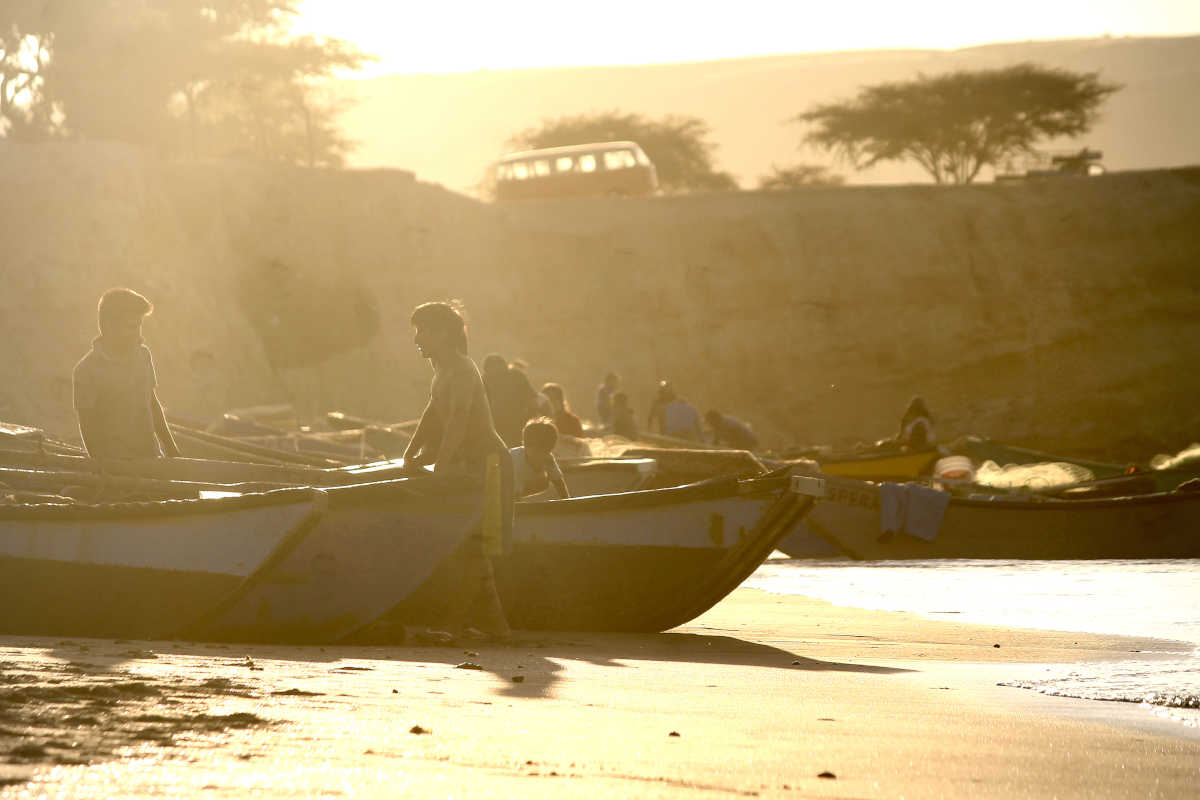
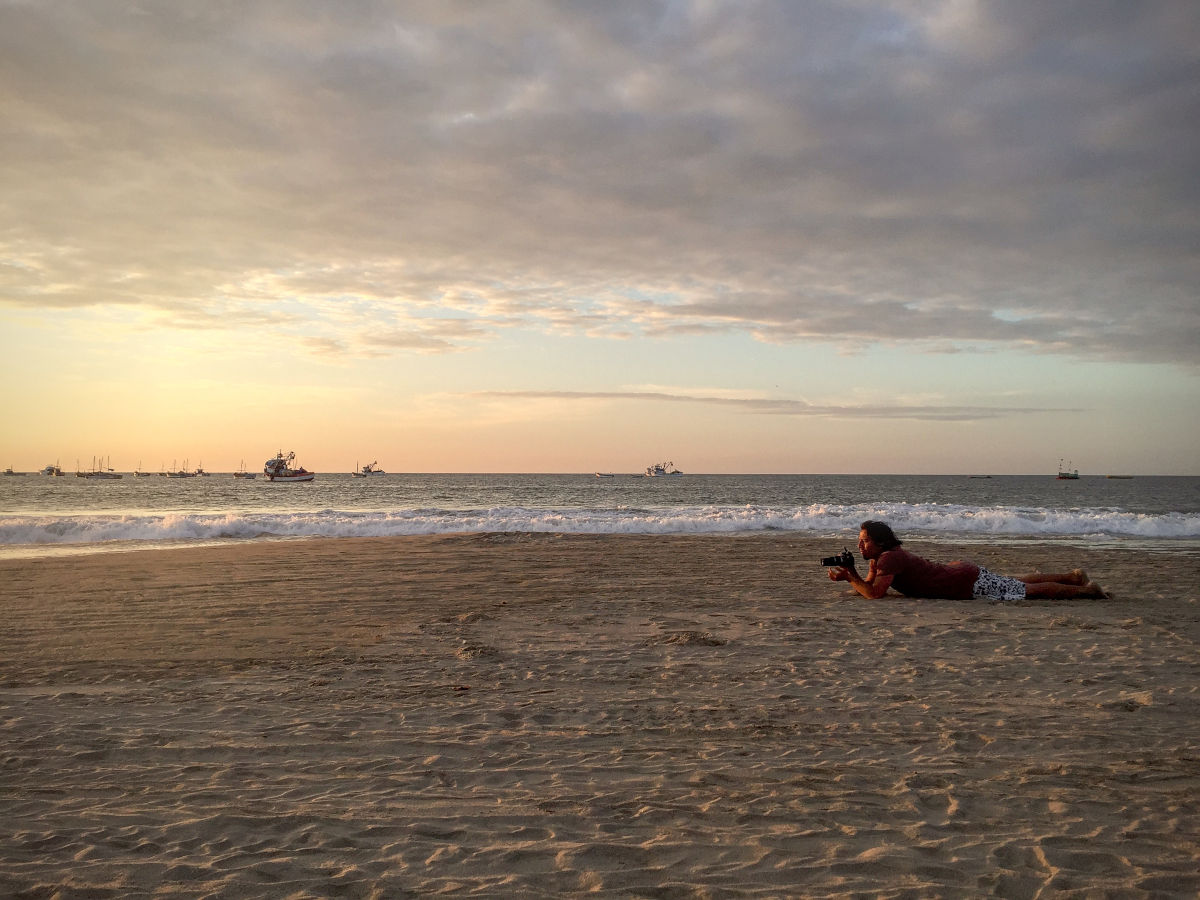
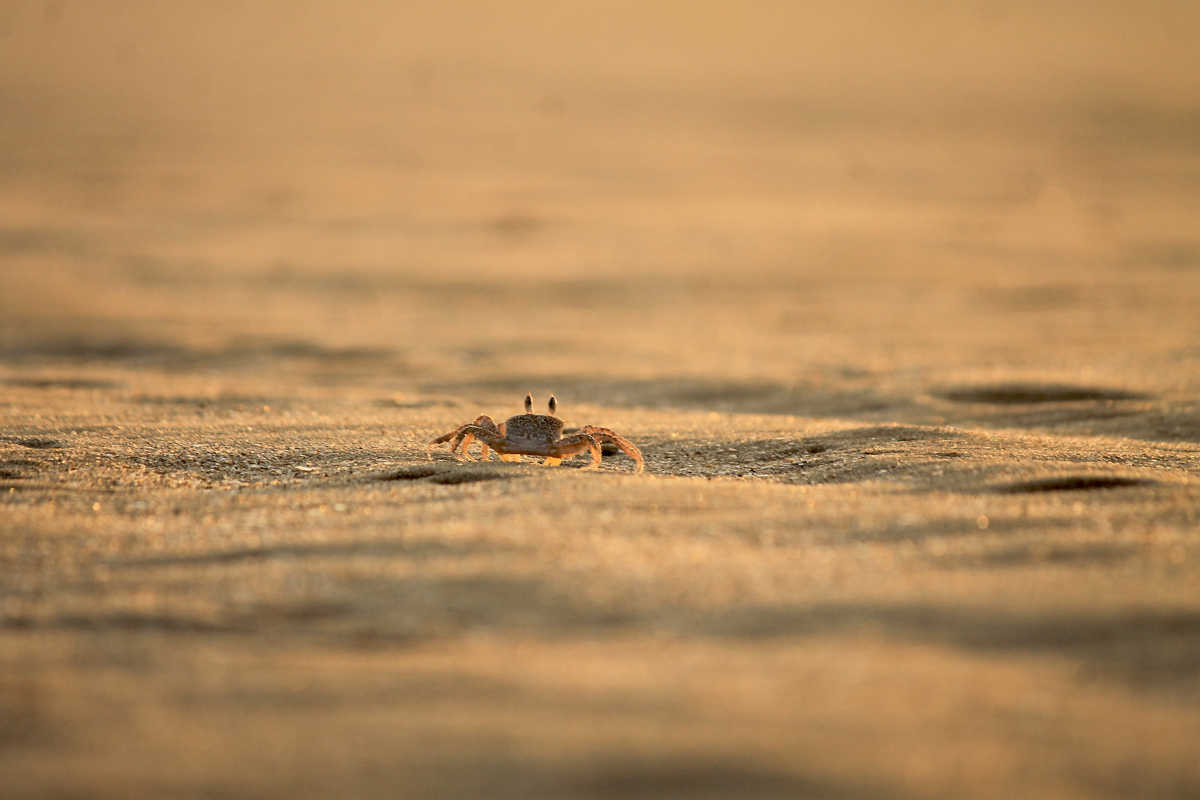
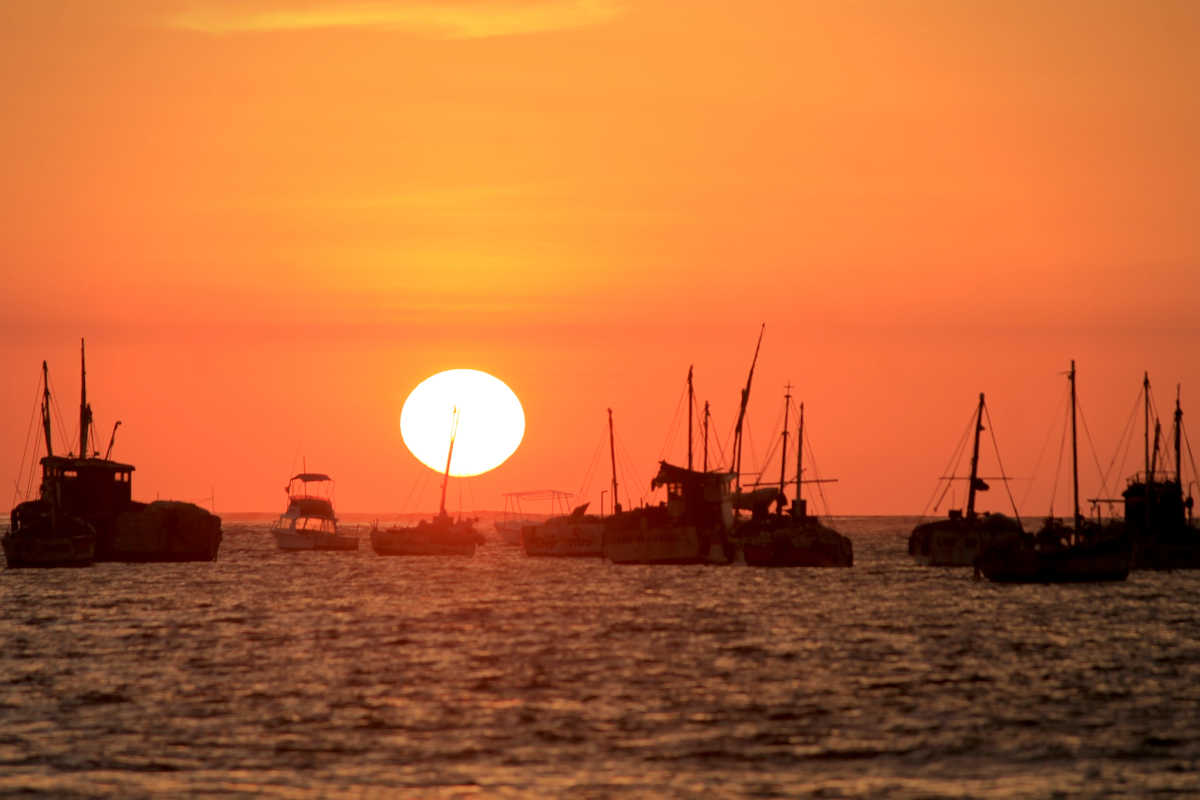
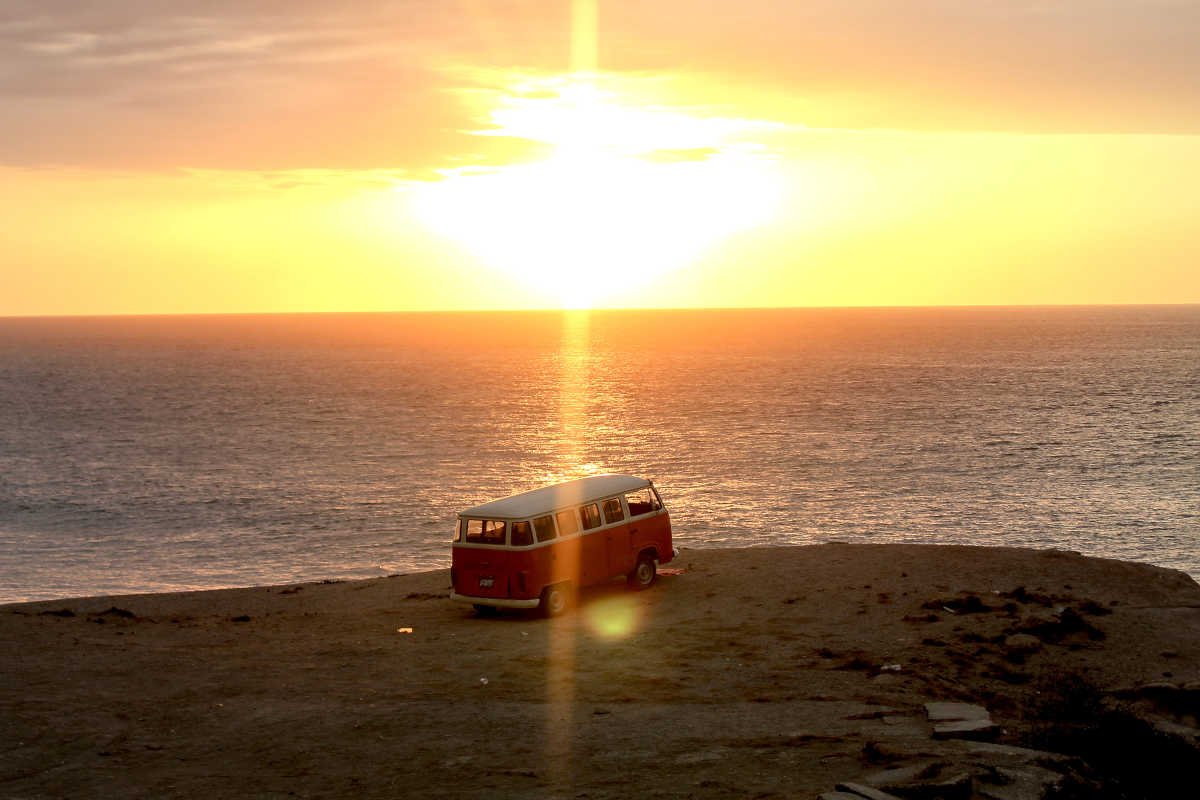
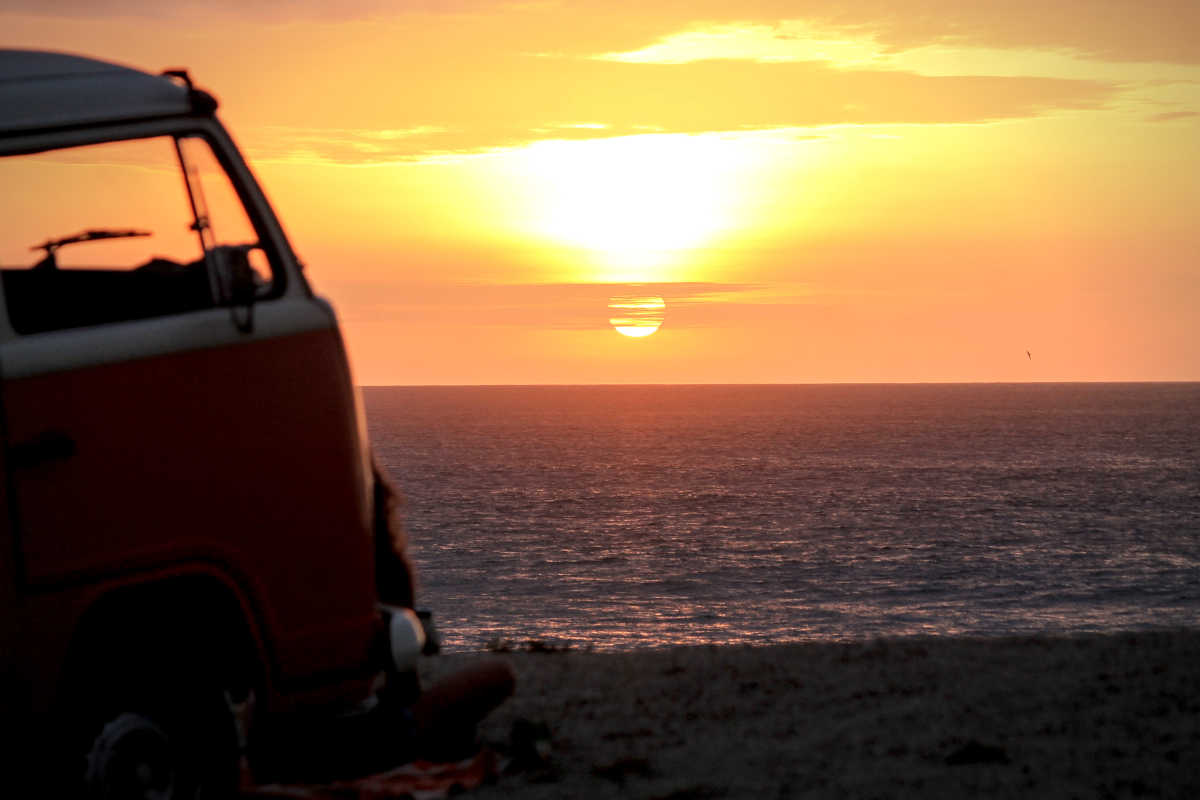
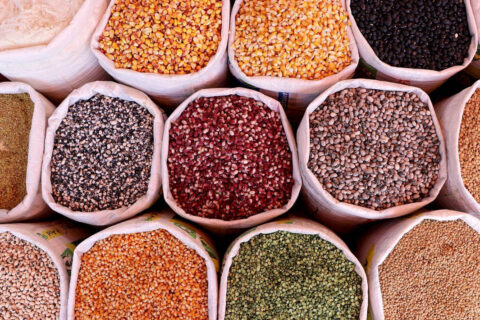
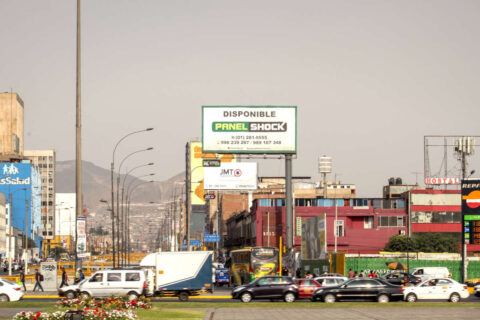

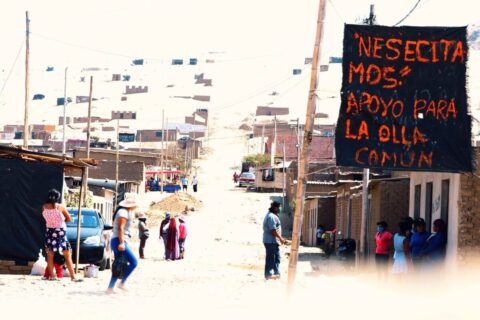
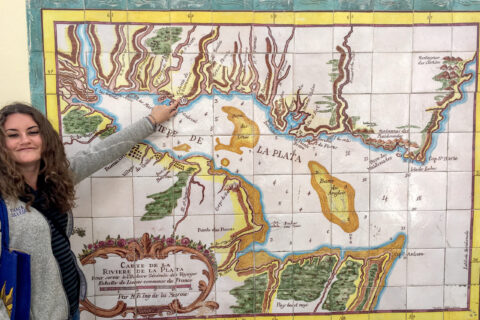
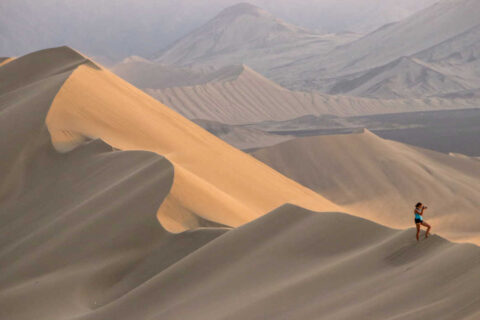
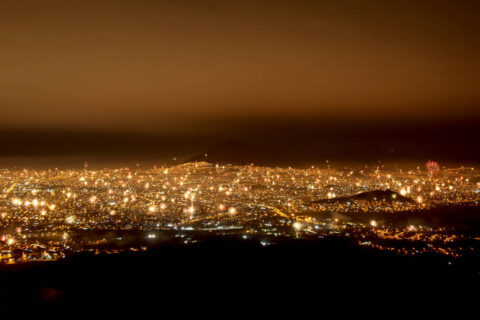
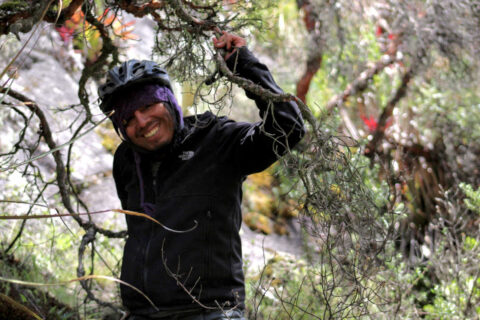
I love your story of the coconuts and the adventures/misadventures of travel. I’ve travelled to Peru from Canada 8 times–my second favourite country–twice as a tourist, the other 6 times as a volunteer ESL teacher up in the Mantaro Valley. And I’m a novelist, so one novel—Dance Me a Revolution—was ‘seeded’ by my 1st visit trekking the Salkantay route in 1987. I’m writing a sequel now, and as with travel, things happen. I found your blog because I was searching to find out if there were coconut palms on the North Coast…Thank you! Your line “Travel can be both a thing of beauty and a thing of sorrow.” sums up all my experiences of Peru and other countries I’ve visited. I’ll come back to your blog as often as I can while writing and raising a brand new puppy. Thank you for your beautiful descriptions of an amazing part of the country.
Thank you for your kind words, Marsha! They serve as great inspiration in a time when I am, admittedly, trying to get back in the habit of consistently writing. Very glad you enjoyed the story and that it helped to clear up a coconut conundrum… and it is always wonderful to connect with a fellow traveler and writer. I’ve been traveling back and forth between the US and Peru since 2017, working with a great nonprofit in Trujillo that provides ESL education. Have been in the US for the past year, however, and feel very overdue for a trip back. Will plan to take a look at ordering a copy of Dance Me a Revolution and keeping on the lookout for your upcoming novel.